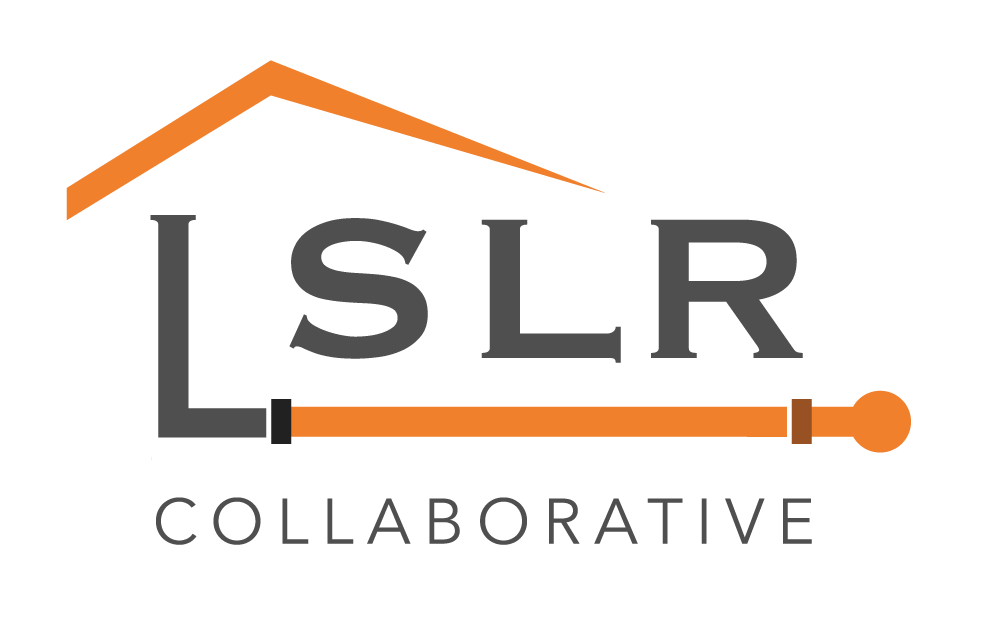|
The Daily Star Read the original article. The city of Norwich was one of two in the Southern Tier awarded state funds to replace lead water pipes. Norwich and Hornell each received a $528,750 grant to find and replace residential water service lines that contain lead, according to a media release. “This is a terrific opportunity for homeowners to update lead piping going into their homes, ensuring water quality as well as being beneficial to the community at large,” said Norwich Mayor Christine Carnrike. “We consider this an important quality-of-life issue that New York state is making inroads in addressing.” The grant funds, announced at the end of July, are the second round in an initiative of the state Department of Health to invest in drinking water and wastewater infrastructure. $10 million was earmarked in the 2019 fiscal year budget to continue the state’s Clean Water Infrastructure Act of 2017, according to the release. Edward Pepe, the city’s public works superintendent, said the extent of the problem is uncertain. The city doesn’t know for certain how many lead pipes it has or where they are, but the funding will cover the cost of testing for lead in residences throughout the city.
“We don’t have a lot of lead pipes in the city,” he said. “The big challenge is going to be figuring out where they are.” The city is still in the preliminary stages of the project, collecting data and identifying lead service lines connecting residences to the water main and replacing them over the next two years, Pepe said. The grant funds will reimburse the city for planning, design and construction fees, as well as legal and municipal administration fees and site restoration following completion of the projects, Pepe said. If lead pipes are discovered within a residence, homeowners who hire a contractor to replace them are also eligible for full reimbursement through the grant program, Pepe said. “If you have a household older than 1940s, it’s probably good to check,” he said. Lead pipes were common until about the 1930s as construction practices and regulation practices evolved, according to the state health department. Drinking water can be a source of lead exposure when service pipes that contain lead corrode, especially when the water has a high acidity or low mineral content, according to the health department. Lead can also leach into water when brass or chrome-plated brass faucets and fixtures with lead solder corrode. Drinking lead-contaminated water can contribute 20% or more of a person’s total lead exposure, and infants who consume mixed formula can receive 40 to 60% of their exposure to lead from drinking water, according to the U.S. Environmental Protection Agency. Norwich was selected to receive the grant funds due to its residents’ high risk for lead exposure, as determined by state data, according to health department officials. The city is home to 2,293 residences built before 1939, and 4.99% of children were identified to have elevated levels of lead in their blood, according to the data. Lead poisoning is caused by swallowing or inhaling lead and is especially harmful to young children whose brains are still developing. Lead can harm a child’s growth, behavior and ability to learn, according to the health department. Prenatal exposure can also be harmful as lead can be passed from mother to baby during pregnancy. Lead is stored in the bones and can be released during pregnancy or nursing, according to health department officials. Health care providers in New York state are required to test all children for lead in their blood at age one and again at age two. At every well-child visit up to age six, health care providers must ask parents about any contact their child might have had with lead, and if there is a chance of contact, providers are required to test for lead again. For more information about the water line replacement program or to request residential lead testing, contact the Norwich City Clerk’s office at 607-334-1201. Comments are closed.
|
Have a suggestion for an article or blog to add?
Let us know! Type
All
Date
April 2023
|


 RSS Feed
RSS Feed